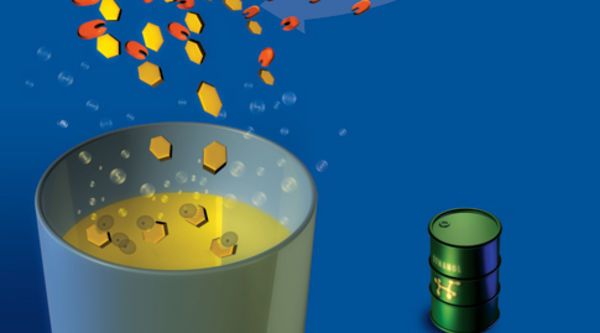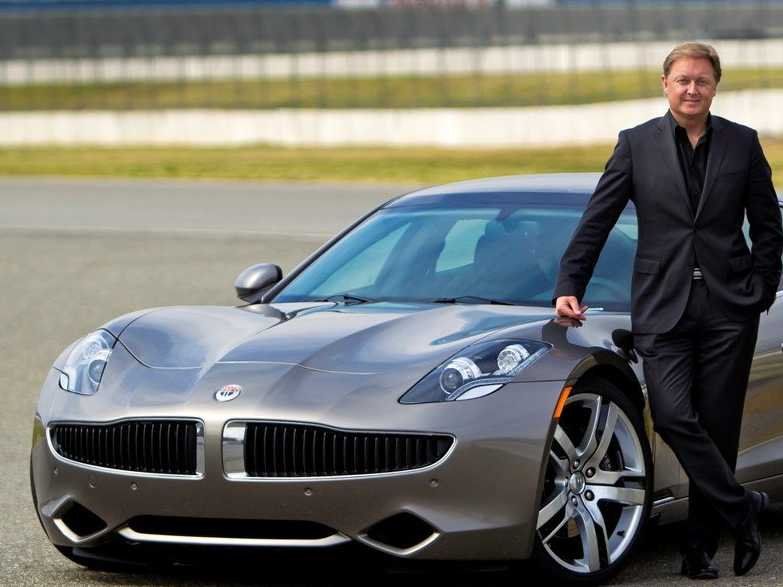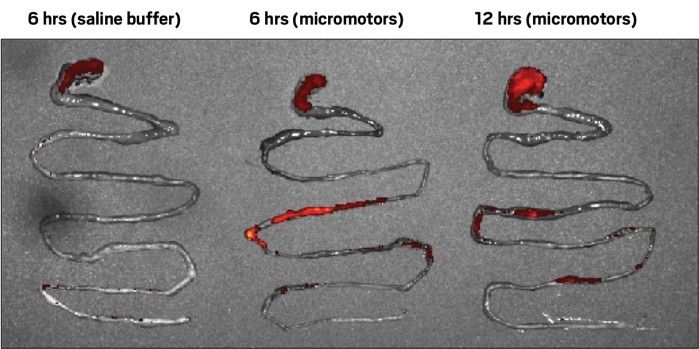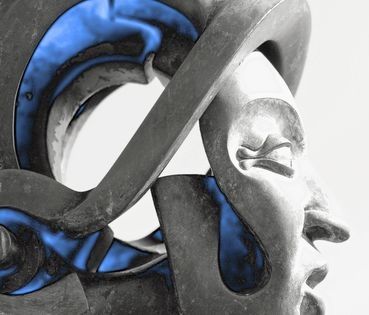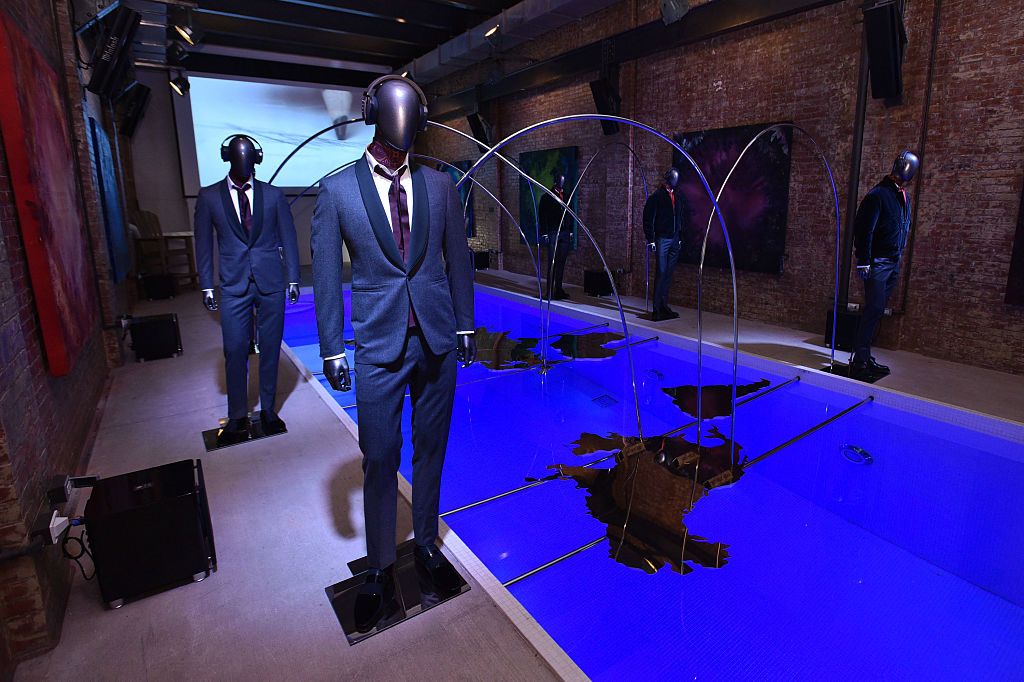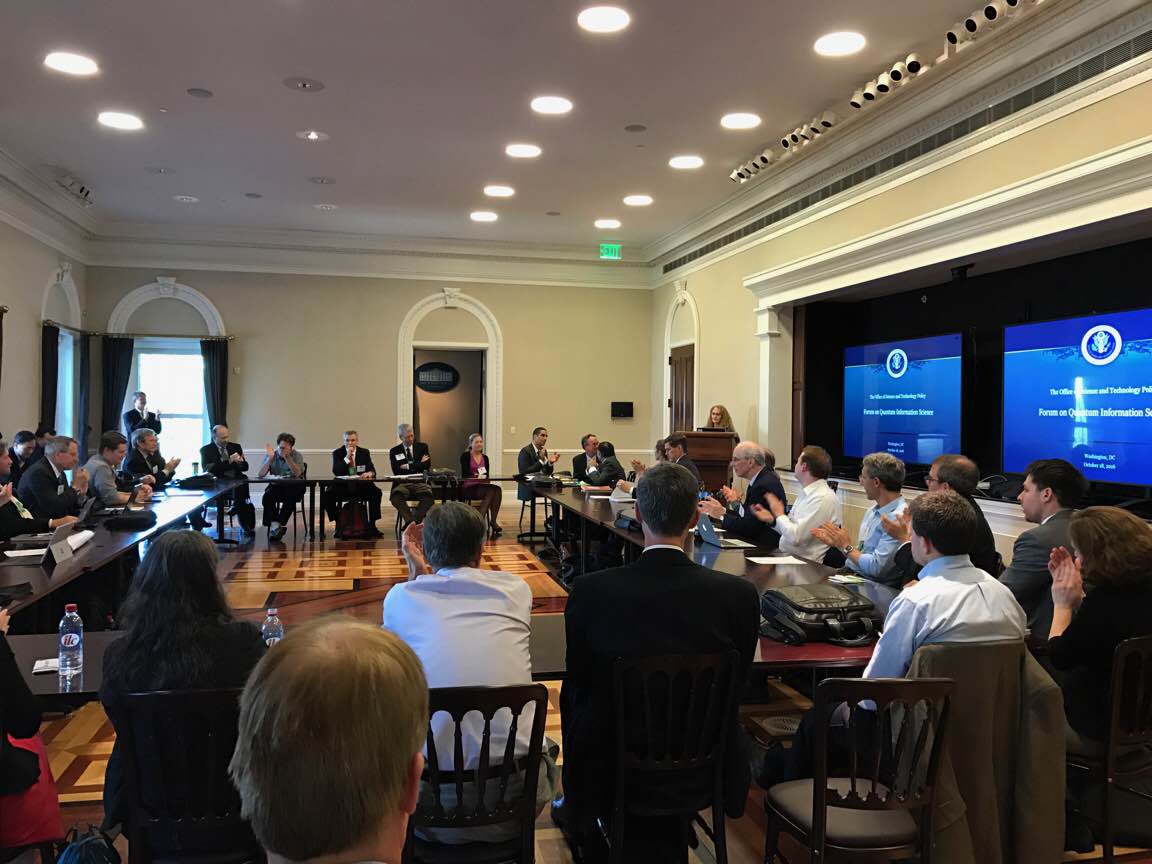Page 10794
Oct 18, 2016
Nanotech Wafer Turns Carbon Dioxide Into Ethanol
Posted by Karen Hurst in categories: energy, nanotechnology, sustainability
Oct 18, 2016
Graphene Enables Battery Breakthough Says Fisker
Posted by Karen Hurst in categories: materials, nanotechnology
Henrik Fisker’s new battery company — Fisker Nanotech — says it has found a way to combine supercapacitors and batteries and produce them inexpensively.
Oct 18, 2016
A non-toxic, high-quality surface treatment for organic field-effect transistors
Posted by Karen Hurst in categories: computing, electronics
In a development beneficial for both industry and environment, UC Santa Barbara researchers have created a high-quality coating for organic electronics that promises to decrease processing time as well as energy requirements.
“It’s faster, and it’s nontoxic,” said Kollbe Ahn, a research faculty member at UCSB’s Marine Science Institute and corresponding author of a paper published in Nano Letters (“Molecularly Smooth Self-Assembled Monolayer for High-Mobility Organic Field-Effect Transistors”).

Oct 18, 2016
Self-propelling motors could target cargo to the gut
Posted by Karen Hurst in categories: biotech/medical, particle physics, robotics/AI
Could we see this technology offered via subscription as the a new home screening method to check for cancerous polyps or cells in the stomach, colon, or esophagus?
The human intestine is a nearly 8-m-long cache of bacteria, both good and bad. When disease-carrying microbes colonize different sections of the gut, they can cause problems like inflammation and diarrhea. Researchers have now developed tiny, self-propelling, biocompatible robots that could deliver drugs or imaging agents to a targeted section of the intestine (ACS Nano 2016, DOI: 10.1021/acsnano.6b04795). When swallowed, the devices pass through the stomach, travel a preset distance, and embed themselves in the intestinal lining.
A team led by Liangfang Zhang and Joseph Wang of the University of California, San Diego, created 15-µm-long, 5-µm-wide hollow cylinders made of gold and poly(3,4-ethylenedioxythiophene). They filled the tubes with magnesium particles and a fluorescent dye as cargo and then coated them with a pH-sensitive methacrylate-based polymer. The methacrylate coating protects the tubes from the acidic gastric fluid in the stomach, but starts to dissolve in the neutral pH intestinal fluid. By tuning the coating’s thickness, the researchers can control how far the devices travel via natural gut movement before the coating dissolves completely; thicker coatings last longer.
Continue reading “Self-propelling motors could target cargo to the gut” »
Oct 18, 2016
Quantum artificial intelligence could lead to super-smart machines
Posted by Karen Hurst in categories: quantum physics, robotics/AI
Glad to see others sharing this perspective.
Quantum effects could be the key to unlocking the mystery of machine learning, and maybe even consciousness.
Continue reading “Quantum artificial intelligence could lead to super-smart machines” »
Oct 18, 2016
Australian scientists broke a new record for quantum computing stability
Posted by Karen Hurst in categories: computing, particle physics, quantum physics
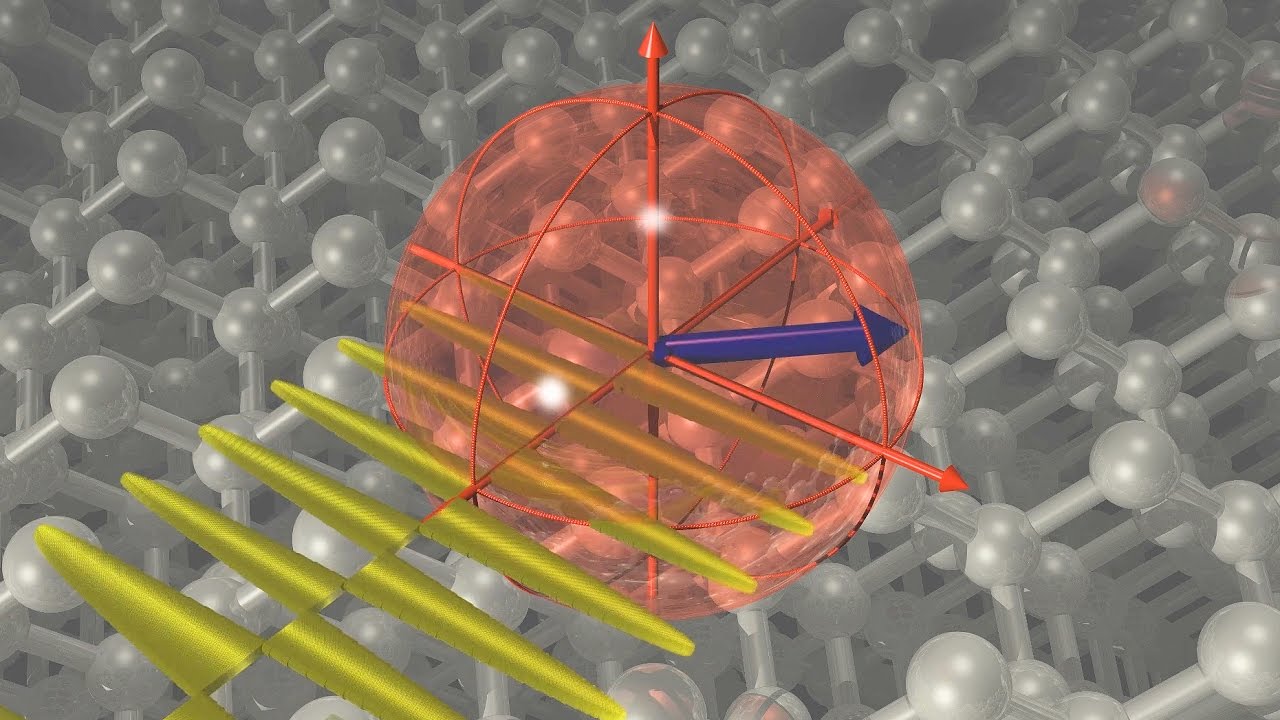
Nice.
Scientists in Australia have developed a quantum bit that’s 10 times more stable than existing technologies, and the new record could vastly expand the kinds of calculations quantum computers can perform.
Continue reading “Australian scientists broke a new record for quantum computing stability” »
Oct 18, 2016
Biocentrism: Where The SOUL Goes After Death [VIDEO]
Posted by Karen Hurst in categories: chemistry, life extension, neuroscience, quantum physics
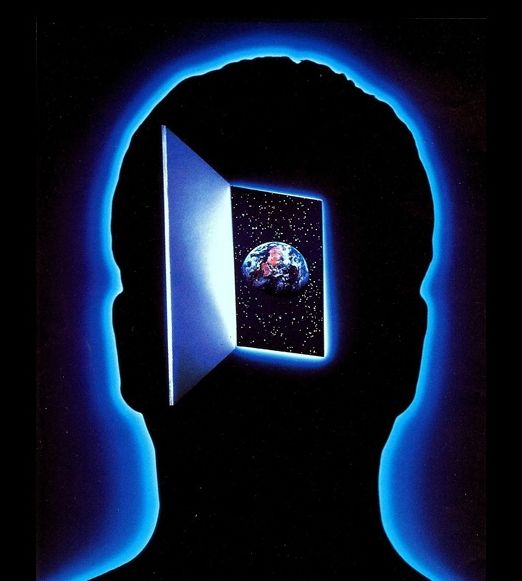
Now, from the wild side.
Quantum Theory Proves Consciousness Moves To Another Universe After Death. There is an interesting new theory emerging from a scientist long familiar with physics, quantum mechanics and astrophysics. Biocentrism teaches that life and consciousness are fundamental to the universe. It is consciousness that creates the material universe, not the other way around. At least, the new thinking that has given birth to the new theory of biocentrism, which the professor, Dr. Robert Lanza, freely espouses. Lana has been voted the 3rd most important scientist alive by the NY Times. Lanza is an expert in regenerative medicine and scientific director of Advanced Cell Technology Company. Before he has been known for his extensive research which dealt with stem cells, he was also famous for several successful experiments on cloning endangered animal species. Biocentrism—is a concept proposed in 2007 by American doctor of medicine Robert Lanza, a scientist in the fields of regenerative medicine and biology, which sees biology as the central driving science in the universe, and an understanding of the other sciences as reliant on a deeper understanding of biology. Biocentrism states that life and biology are central to being, reality, and the cosmos—consciousness creates the universe rather than the other way around. It asserts that current theories of the physical world do not work, and can never be made to work, until they fully account for life and consciousness. While physics is considered fundamental to the study of the universe, and chemistry fundamental to the study of life, biocentrism claims that scientists will need to place biology before the other sciences to produce a theory of everything.
Continue reading “Biocentrism: Where The SOUL Goes After Death [VIDEO]” »
Oct 18, 2016
Quantum Teleportation Could Revolutionize Modern Phone And Internet Communication
Posted by Karen Hurst in categories: encryption, finance, internet, mobile phones, quantum physics, space, transportation
I never get tired of articles highlighting the potential around leveraging Quantum teleporting as a method to replace networks and communications. Now the real question is how soon and how much of the existing infrastructure will need to be replaced to begin taking advantage of this technology earlier than others? As with most things, governments are often early adopters as well as Financial Services and ISPs are a close 2nd in the adoption of such technologies.
An experiment conducted about quantum teleportation could improve and transform the modern phone and Internet communication by having highly secure and encrypted messaging.
A recent study has suggested that comet outbursts are caused by avalanches and not geysers.
Oct 18, 2016
Identifying Strategic Options for Advancing Quantum Information
Posted by Karen Hurst in categories: innovation, quantum physics
Nice.
Forum on Quantum Information Science addresses challenges to the field, and identifies strategic options and innovative approaches to move QIS forward.

